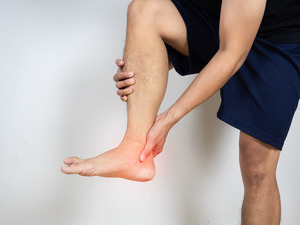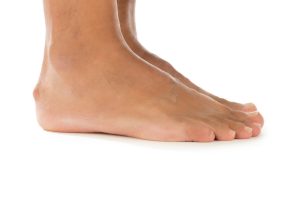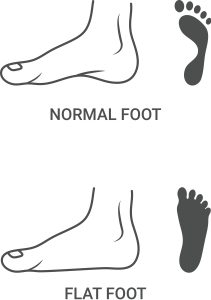Treatment for flat feet focuses on relieving symptoms and improving foot function, especially if the condition is causing pain or affecting mobility. Many people require no treatment.
Non-Surgical Treatments
Conservative management is effective for most symptomatic cases:
- Supportive Footwear: Choosing well-structured shoes with good arch support and cushioning.
- Orthotic Devices: Custom-moulded or appropriate over-the-counter arch supports (insoles) to support the arch, improve alignment, and reduce strain.
- Stretching Exercises: Targeting the Achilles tendon and calf muscles can often help.
- Strengthening Exercises: Specific exercises may be recommended to strengthen foot and leg muscles.
- Physical Therapy: A structured program guided by a therapist.
- Activity Modification: Temporarily reducing activities that cause pain.
- Weight Management: Reducing excess weight decreases stress on the feet.
- Medications: Pain relievers (NSAIDs) may provide temporary relief from inflammation.
Surgical Options
Surgery is generally reserved for cases where conservative treatments fail to relieve significant pain or when there is a specific structural issue (like a severe tendon tear or arthritic changes severe enough to affect quality of life). Surgical procedures vary depending on the cause and severity, potentially involving tendon repair, bone realignment, or joint fusion. This option would be discussed in detail by our podiatrists if deemed necessary.
Constraint Check: Treatment options are outlined without excessive detail, encouraging professional consultation.



